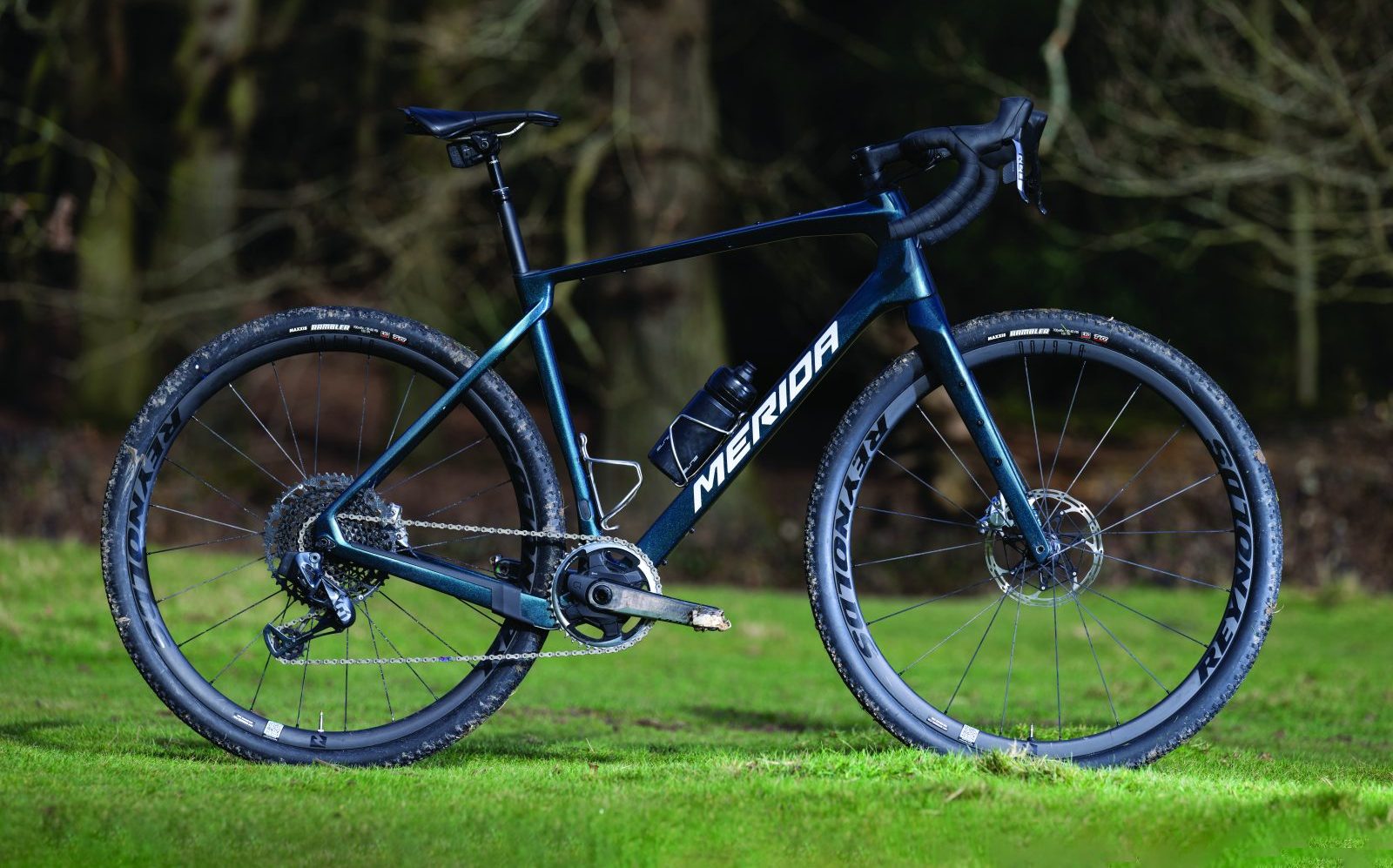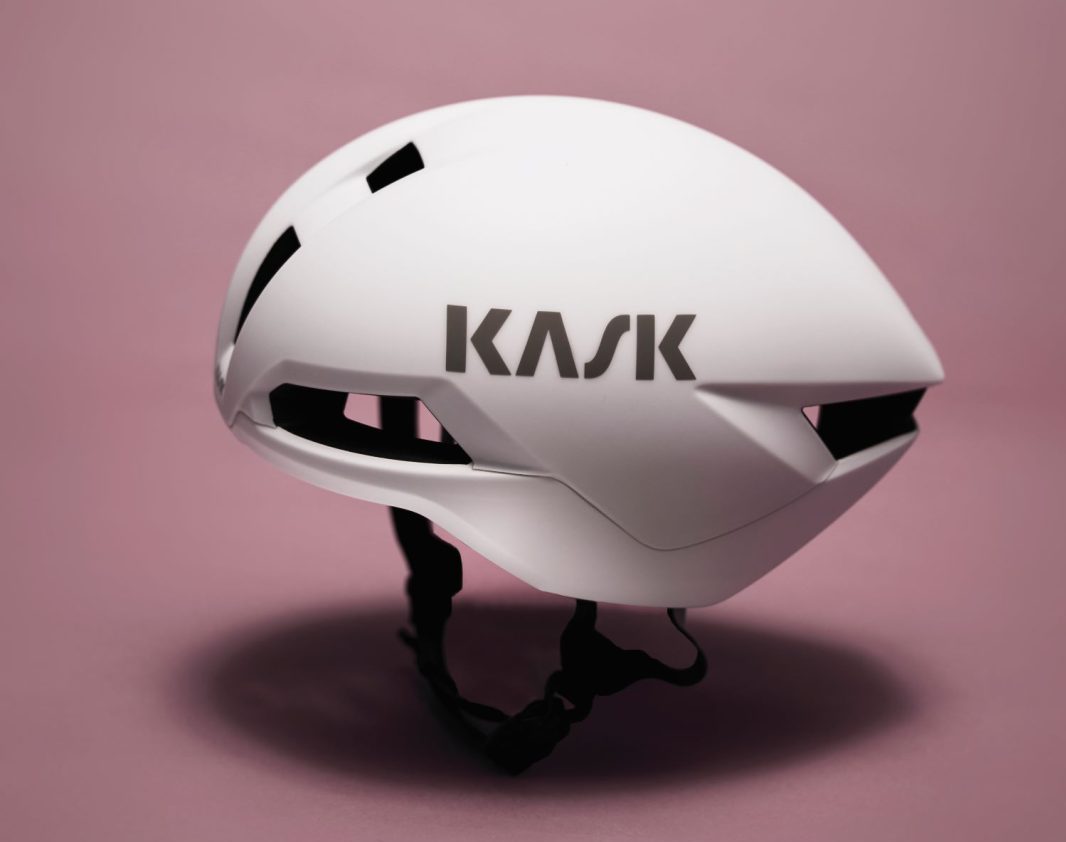The GT is cheaper than its Ekar forebear, yet also more refined.
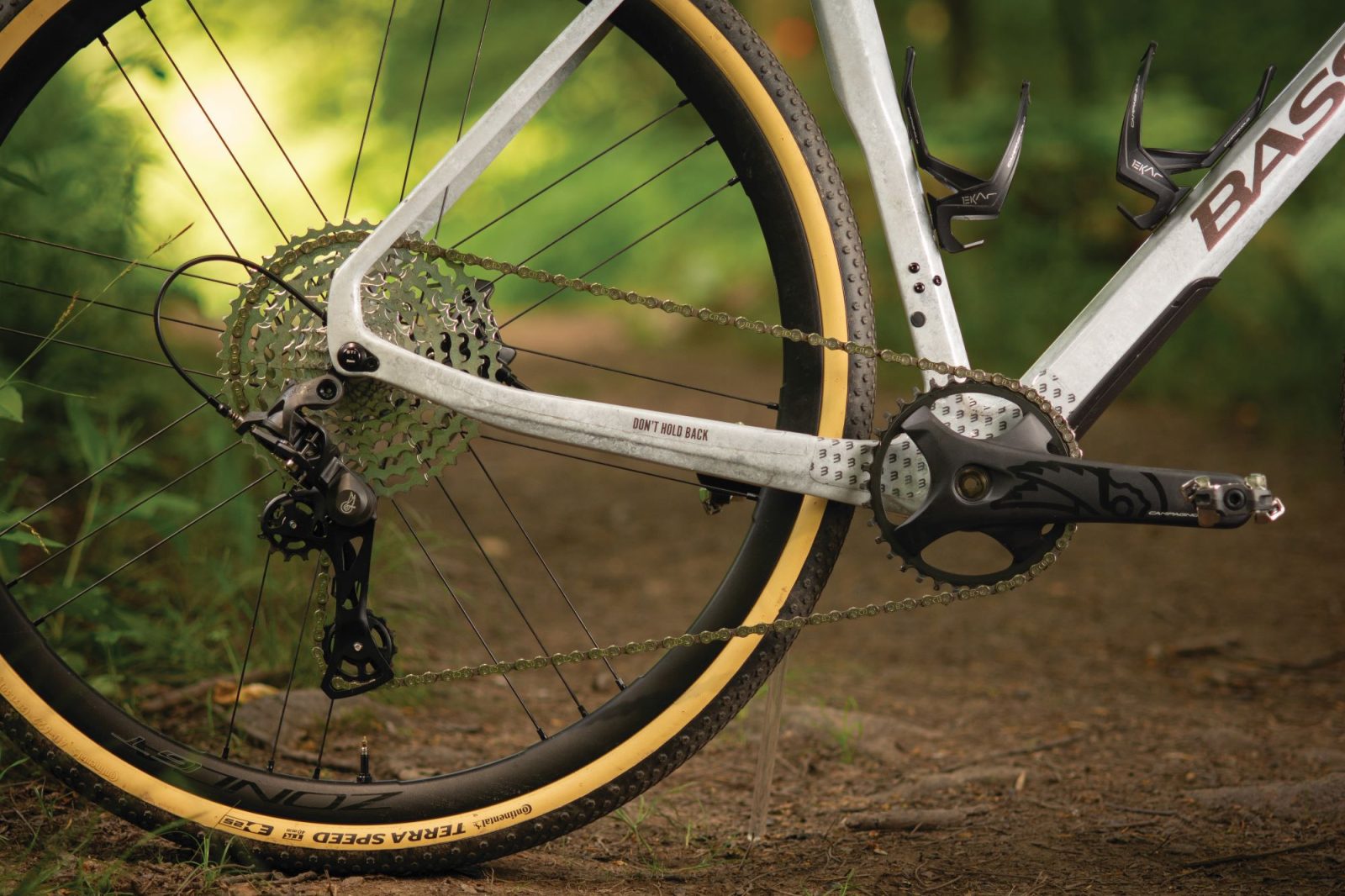
Words and photography Matthew Loveridge
Campagnolo’s new Ekar GT is the Italian brand’s second foray into gravel-specific groupsets.
It’s a more affordable yet in some ways improved accompaniment to the original Ekar groupset, which was released in 2020.
The headlines are promising.
Ekar GT takes the important parts of Ekar – 13-speed gravel friendly gearing, dedicated 1x-only design, positive mechanical shifting – but refines some key details, while bringing the price down by $535.
The economies haven’t hit too hard however, with the most obvious difference being a new aluminium crankset (Ekar’s is carbon) and a more generous 10-48t cassette option (Ekar maxed out with a 10-44t).
Total weight has increased from a claimed 2,385g to 2,700g for the lightest setup.
The GT stands for ‘Gran Turismo’, by the way, which Campag says ‘stands for those cyclists who have “don’t hold back” as their motto’. Indeed.
Ekar-friendly
When it launched, Ekar was lauded for its distinctive take on a gravel-specific drivetrain and the boldness of offering 13 sprockets at a time when 12-speed was a relative novelty and Shimano’s top-spec GRX gravel range was still 11-speed.

Despite the impressive number of sprockets, the gearing options weren’t all that generous, particularly at the low end.
More speed-oriented riders may not have minded, but those in need of lower gears such as bikepackers were left out in the cold.
In fairness, they love it out there. Ekar GT does better here.
The existing Ekar cassettes (9-36t, 9-42t, 10-44t) are compatible, but the new 10-48t option takes it up a level and the choice of chainrings now starts at 36-tooth instead of a 38t.
That means the lowest gear combination (36t front, 48t rear) is now 13% lower than before, virtually on par with Shimano GRX 1x’s 38x51t low gear, and not far off Sram’s 38x52t.
Heavy(ish) metal
Visually, the move to an aluminium crankset is perhaps the biggest change, and unsurprisingly it’s the area that has seen the greatest weight increase, from a claimed 615g to 850g for a 172.5mm crank with a 38-tooth chainring.
The rear derailleur has seen some updates too, with the extensive use of aluminium promising improved durability, and larger jockey wheels for better mud-shedding abilities.
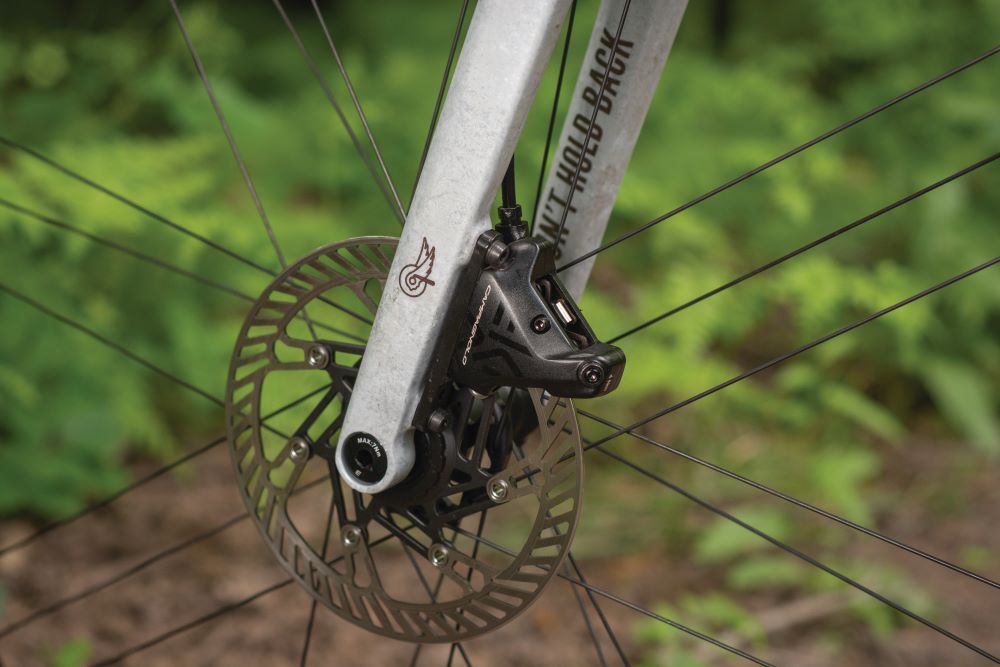
If the original Ekar groupset had one real flaw, it was the hood-to-bar transition, which featured an awkward bump that could dig into your hand.
Campagnolo supplied Cyclist with a Basso Palta gravel bike as a test bed for Ekar GT and from the off it’s apparent this has been addressed, and the redesigned hoods should blend almost seamlessly with most bars.
Otherwise, the hood and lever shape sits well in the hand.
The shift paddle behind the brake lever isn’t huge, but there’s reach adjustment to suit a range of hand sizes.
Ekar-chamber
Campagnolo has always been good at maintaining a sense of continuity with its groupsets, particularly in how they feel to use.
Whether you’re coming from original Ekar or one of the brand’s mechanical road groupsets, Ekar GT’s shifting will feel familiar.
The layout is the same – thumb lever for upshifts, paddle behind the brake lever for downshifts – and the shifting feel is positive and characteristically analogue.
Upshifts in particular are deeply satisfying – an assertive ka-klunk passed down through generations of Ergo levers.
Like Ekar, Ekar GT skips the multiple upshift feature of the road groupsets, a conscious choice by the designers who judged that it could lead to accidental gear changes on bumpy terrain.
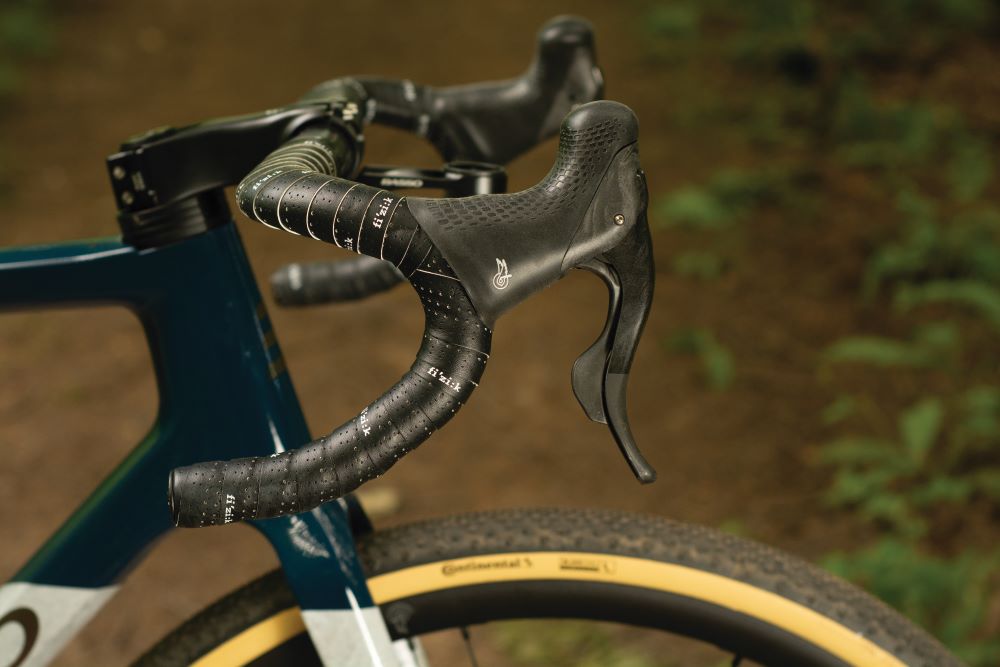
You can still downshift up to three gears in a single sweep of the paddle, each coming with a defined click.
Ekar GT also gets Ekar’s stepped thumb shifter, which facilitates easy upshifts from both the hoods and drops.
As it happens, I found I didn’t need the lower thumb position with the relatively shallow-drop bars on my test bike – I could reach the upper position without stretching unnaturally – but some bike setups (and riders) will certainly benefit from the design.
A 13-speed groupset is always going to be sensitive to adjustment and intolerant of poor hanger alignment – an issue I previously encountered on an Ekar-equipped bike – but as long as everything’s lined up, Ekar GT adjusts like any other mechanical drivetrain and shifts consistently.
The clutched rear derailleur and narrow-wide chainring do a fine job of keeping the chain in check too.
Braking is powerful and predictable, with a feel that’s quite distinct from its rivals, but perhaps sits closer to Sram’s, feeling less ‘solid’ than Shimano, but very well modulated.
Pulling the levers at speed elicits a pleasingly muted buzz, like the crackle of high voltage power lines on a damp day.
Less is more
If you liked Ekar, Ekar GT offers much the same riding experience, but it’s quite simply a better, more refined groupset.
It continues to make a good case for 1×13 too, which feels like it might be the tipping point where a double crankset truly becomes redundant, and I say that as someone who still likes 2x.
Ekar GT is notionally the second tier to Ekar, but unless you’re obsessed with weight or absolutely insistent on having carbon cranks, there really is no good reason not to choose the cheaper groupset.
Don’t hold back.
THE SPEC
Model Campagnolo Ekar GT
Price $2,549
Weight 2,700g
Chainring options 36t, 38t, 40t, 42t, 44t
Crank arm lengths 170mm, 172.5mm, 175mm
Cassette ratios 9-36t, 9-42t, 10-44t, 10-48t
Rotor sizes 160mm, 140mm
Contact campagnolo.com
